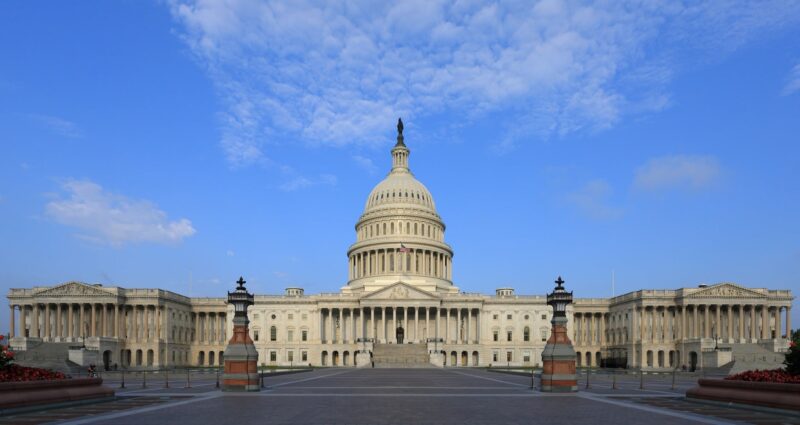
The Joe Biden administration ought to look at undoing the legal deadlines the National Nuclear Security Administration faces to begin production of new nuclear weapon triggers, a former senior official with the agency said this week.
“I think the administration needs to look at how those statutory timelines really line up to the programmatically driven timelines and come up with what may be a more realistic schedule, even if it means asking for legislative relief,” Madelyn Creedon, principal deputy administrator for the National Nuclear Security Administration (NNSA) in the Barack Obama administration between 2014 and 2017.
Under current law, the secretary of energy must ensure that the NNSA is able to annually produce certain amounts and types of plutonium pits, fissile warhead triggers, by certain fiscal years: qualification pits in fiscal 2021; at least 10 war-ready pits by fiscal 2024; at least 20 pits by 2025; at least 30 pits by 2026; and at least 80 pits by 2030.
Production is to be split between the Los Alamos National Laboratory, set to begin production of multiple war-usable pits in 2024, and the Savannah River National Laboratory, set to come online in 2030.
Although not anything as explicit as Creedon suggested, Congress did give the DOE a sort blow valve for the pit deadlines in the 2021 National Defense Authorization Act, which could allow the commander of U.S. Strategic Command to certify that NNSA could produce pits up to five years later than planned without affecting military confidence in the nuclear arsenal.
Creedon also thought there was a decent change that Congress might receive a fiscal 2022 budget request request from the NNSA that more or less aligns with the $20 billion the agency projected it would need in the final full year of the Donald Trump administration, during which the weapons agency trashed its prior budget projections and called for big funding increases over the next five years.
“If you look at the outyears budgets for NNSA … the ‘22 column, if you will, of the outyear budget request is probably going to be the starting point,” Creedon said. “I would be very surprised if that were increased, mostly because I think … a lot of the decisions that have to be made probably aren’t going to be made in time to do anything, to either increase it substantially or reduce it substantially.”
Meanwhile, as she has once already since Joe Biden was elected President of the United States, Creedon declined to say whether she would take a job in the Biden administration, or whether the Biden administration had offered her a job.
“You know I’m not going to answer that one!” Creedon said, to a chorus of laughter from the virtual room. “But thank you for asking.”
The NNSA administrator, according to the federal law that created the agency, must “have extensive background in national security, organizational management, and appropriate technical fields” and be “well qualified to manage the nuclear weapons, nonproliferation, and materials disposition programs” of the NNSA.
Creedon was a member of Biden’s transition team and one of the few within Biden’s DOE landing team with deep experience in the NNSA, having served already as the agency’s number two and been confirmed by the Senate for the position, which requires essentially the same statutory credentials as the top post.
Biden had not nominated anyone to run the NNSA at deadline for Weapons Complex Morning Briefing. It took the Donald Trump administration about a year to nominate an NNSA administrator once Trump’s first Secretary of Energy was confirmed. Biden’s secretary designate, former Michigan Gov. Jennifer Granholm (D) awaited her final confirmation vote on the Senate floor, at deadline.